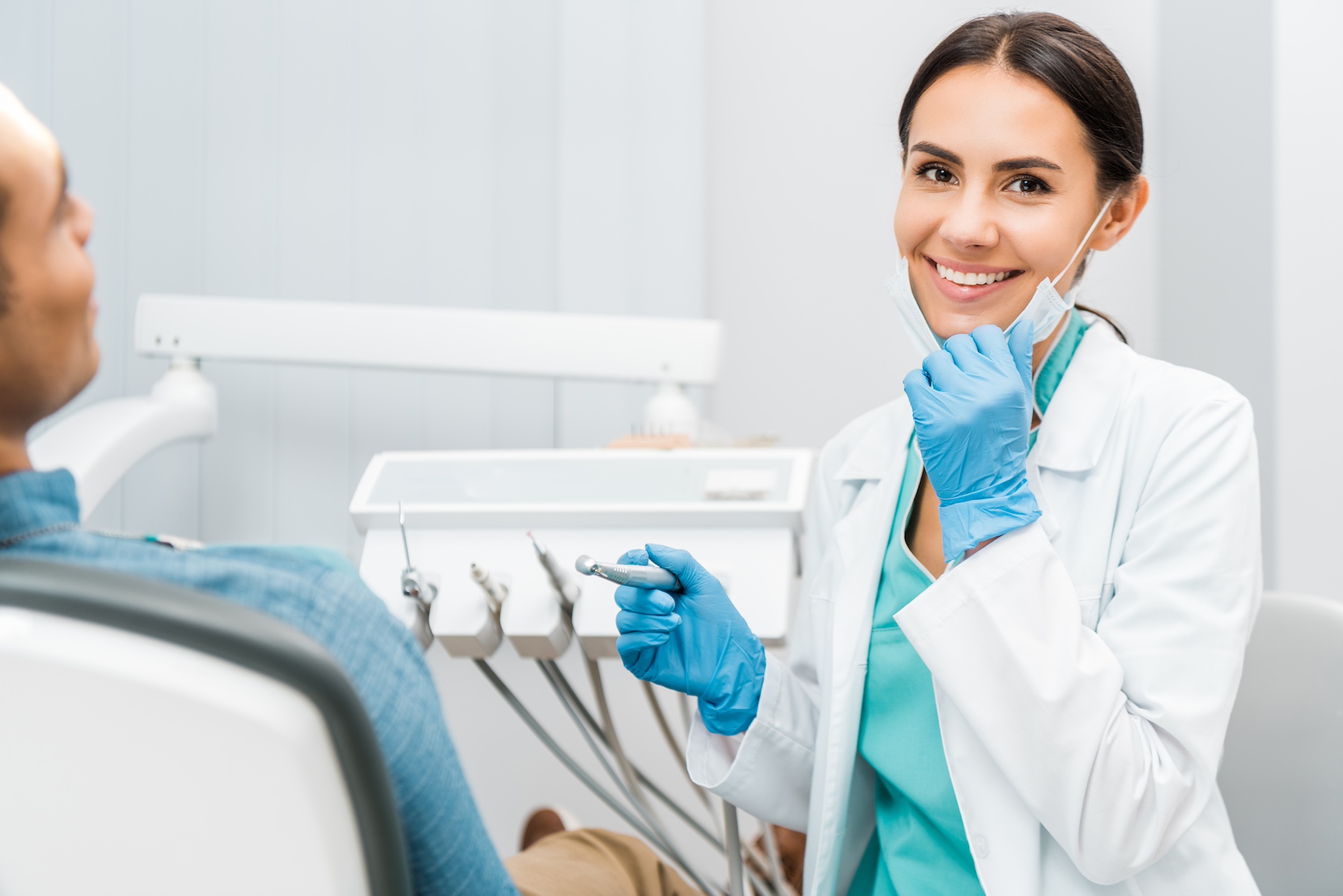Why Preventive Dentistry is Better Than Restorative Dentistry?
Preventive dentistry focuses on maintaining oral health and preventing dental issues before they occur, emphasizing regular dental check-ups, cleanings, and oral hygiene practices. By prioritizing preventive measures, individuals can avoid the need for extensive restorative treatments such as fillings, root canals, and extractions. This proactive approach saves time and money and preserves the natural structure of the teeth and gums, promoting long-term oral health and overall well-being.
Preventive dentistry and restorative dentistry are two approaches to dental care with distinct focuses and outcomes. While restorative dentistry addresses existing dental issues, preventive dentistry emphasizes proactive measures to maintain oral health and prevent problems from developing. Let’s explore the advantages of preventive dentistry over restorative dentistry in detail:
1. Early Detection and Intervention:
Preventive dentistry involves regular check-ups and screenings, which allow dentists to detect and address dental issues at their earliest stages. Through routine examinations, dentists can identify signs of tooth decay, gum disease, and other oral health problems before progressing to more advanced stages. In contrast, restorative dentistry often involves treating dental issues after they have already developed. This may require more invasive procedures such as fillings, root canals, or extractions, particularly if the problem has been left untreated or undetected for an extended period.
2. Cost-Effectiveness:
Preventive dentistry is generally more cost-effective than restorative dentistry in the long run. By addressing dental issues early on and implementing preventive measures such as regular cleanings and fluoride treatments, individuals can avoid the need for costly restorative treatments down the line.
On the other hand, restorative dental procedures can be expensive, especially if multiple treatments are needed to address advanced dental problems. Additionally, delaying or neglecting dental care can lead to more extensive and costly treatments in the future.
3. Preservation of Natural Teeth:
Preventive dentistry aims to preserve the natural structure of the teeth and gums by minimizing the risk of dental decay, gum disease, and other oral health issues. Through proper oral hygiene practices and preventive interventions, individuals can maintain their natural teeth for as long as possible.
While restorative dentistry can repair and restore damaged or decayed teeth, it may involve removing portions of the natural tooth structure to place fillings, crowns, or other restorations. Sometimes, severely damaged teeth may require extraction and replacement with artificial prosthetics.
4. Reduced Risk of Complications:
By addressing dental issues early and implementing preventive measures, individuals can reduce the risk of complications associated with untreated dental problems. This includes complications such as infections, abscesses, and tooth loss, which can have significant implications for oral health and overall well-being.
Likewise, delaying or neglecting restorative dental treatments can increase the risk of complications and further damage to the teeth and surrounding tissues. For example, untreated cavities can progress to infect the tooth’s pulp, leading to painful abscesses and potentially requiring root canal therapy or extraction.
5. Improved Oral Health and Overall Well-Being:
Preventive dentistry promotes optimal oral health and well-being by emphasizing regular dental care, proper oral hygiene practices, and healthy lifestyle habits. By maintaining good oral health, individuals can enjoy a higher quality of life and reduce their risk of systemic health problems associated with poor oral health.
While restorative dentistry can address existing dental issues and restore function and aesthetics, it may not necessarily improve overall oral health if preventive measures are not implemented. Additionally, the need for restorative treatments can be indicative of underlying oral health issues that could have been prevented with proper preventive care.
Frequently Asked Questions
Why is preventive dentistry preferable to restorative dentistry?
Preventive dentistry focuses on early detection and intervention, reducing the need for invasive restorative treatments and saving time and money in the long run.
How does preventive dentistry help preserve natural teeth?
By emphasizing regular check-ups, cleanings, and proper oral hygiene practices, preventive dentistry minimizes the risk of dental decay and gum disease, preserving the natural structure of the teeth and gums.
What are the long-term benefits of preventive dentistry?
Preventive dentistry promotes optimal oral health, reduces the risk of complications, and enhances overall well-being, leading to a higher quality of life and potentially lower healthcare costs.
Final Thoughts
Preventive dentistry offers numerous advantages over restorative dentistry, including early detection and intervention, cost-effectiveness, preservation of natural teeth, reduced risk of complications, and improved oral health and overall well-being. By prioritizing preventive measures and regular dental care, individuals can maintain optimal oral health and avoid the need for extensive restorative treatments in the future.
Thank you for reading!



